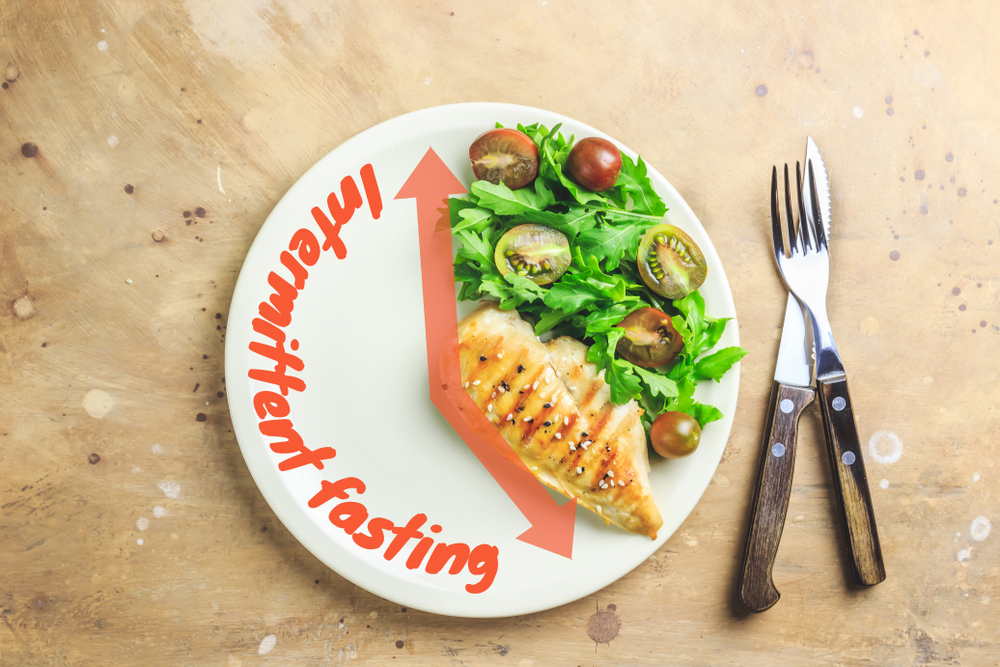The Increasing Popularity Of Fasting
Fasting – or the abstention from food and drink – has become a popular approach to weight management and implementing healthy habits into the day. For many years we have been fed the myth that breakfast is the healthiest meal of the day. However, there is an increasing school of thought, backed by multiple scientific studies and research, that disputes this – particularly in view of the fact that it was an advertising strap line put out by a leading cereal company to help them sell more boxes of their product.
The act of fasting has long been associated with adherence to religious practices. In Christianity Jesus spent 40 days and nights in the desert abstaining from food and drink – Christians recognise this time as Lent, and will annually give up their favourite foodstuffs (usually alcohol or chocolate) until Easter.
Fasting is also one the five pillars of Islam, and every year Muslims around the world fast for the Holy Month of Ramadan. The act is designed to instil focus and discipline, and bring followers closer to God.
Why has fasting become so popular
According to the International Food Information Council Foundation, intermittent fasting has taken over as the most popular method of losing weight. However, its popularity is not just based on the fact that it is successful in helping weight loss – fasting has also been proven to dramatically improve overall health.
Until recently there has been a lot of misinformation about food and nutrition. Much of the initial information came about as the result of studies and campaigns run by large corporations who were feeding into popular narratives.
A big part of this was the belief that fat was bad, and wheat based carbohydrates such as bread and pasta were much healthier. The reality, however, is that a natural, unprocessed, fat and protein based diet is far healthier for the human body, combined with periods of fasting during which the body has time and space to recalibrate and repair.
What are the different types of fasting
It may seem strange that ‘fasting’ itself has become such a big industry with different types of fasting around. After all, not eating is simply just that – not eating.
One of the most popular is intermittent fasting – which means that you eat within a certain window during the day. Novices might start of on a 12:12 window – during which they fast for 12 hours, and consume their (controlled) food during their 12 hour eating window. So you can have your last meal at 7pm, and then break your fast at 7am.
As you get used to this restricted way of eating, you can decrease the length of that eating window so that your period of fasting increases. Studies have shown that the longer the fasting period, the better the health benefits, from stabilising blood sugars (up to 12 hours), to entering ketosis and fat burning (up to 18 hours), to autophagy and anti-aging (24 hours).
Fasting as an industry
Paradoxically, the longer you fast, the easier it becomes. You will hit brick walls which will need overcoming, and it is these brick walls that has sparked what has now become a big ‘fasting’ industry.
Fasting gurus are there to help you bust through the psychological challenges of fasting. One of the benefits of fasting is mental clarity, but to get there you often go through a period of headaches and brain fog. A good guru will keep you focused and nurture you through the tough times.
They also advise you on the right foods for breaking your fast. If your eating window is full of fast food and high sugar laden processed foods then any benefits you gain will be immediately eliminated.

